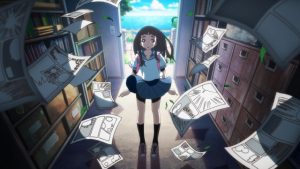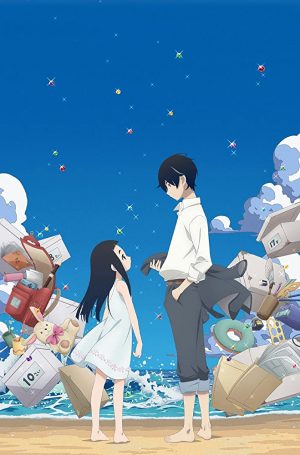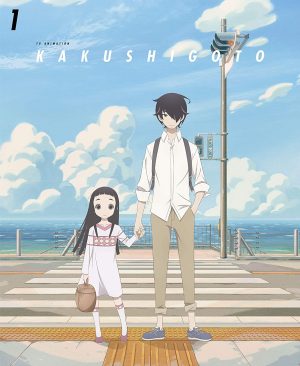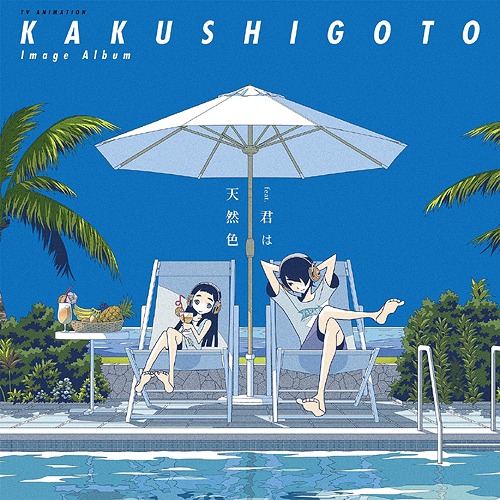
The Spring 2020 slice-of-life comedy/occasional heartbreaking drama Kakushigoto is all about miscommunication and keeping secrets. It’s right there in the OP’s lyrics: “The only thing we awkwardly have in common is that we can’t be honest with each other.” Hence, this show is packed with scenes where the characters think they’re discussing the same topic, but actually have entirely different subjects in mind (such as when Kakushi talks about how cute his daughter Hime is to her teacher, who thinks he’s trying to flirt with her). Let’s talk about the art of the anti-conversation in Kakushigoto!
Who’s on First?

This type of miscommunication comedy has been around for ages, and the most famous English language example is undoubtedly the 1930s Abbott and Costello skit “Who’s on First?”. Costello asks Abbott to tell him the names of players on a baseball team, but since the players are actually named things like Who, What, and I Don’t Know, the conversation naturally goes off the rails. The ‘90s cartoon Animaniacs also did a similar gag using band names like Who, Yes, and The Band.
Of course, things get even more awkward when Japanese politeness, indirect language, and face-saving behavior come into play. The traditional comedy performance art of rakugo often capitalizes on this aspect of Japanese culture, such as in the “Jugemu” routine, where a child with a very long name falls down a well and the townspeople’s perceived need to say his entire name when passing along the news wastes so much time that he nearly drowns!
Not Just a Cheap Laugh
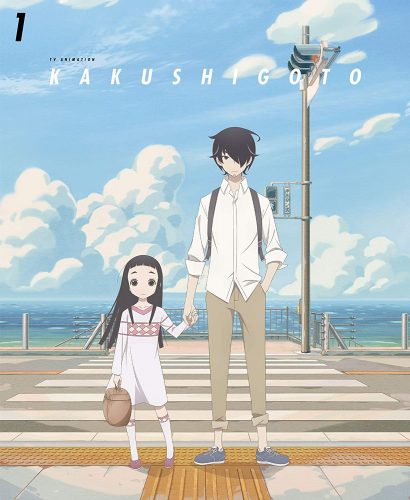
These routines are hilarious, but they tend to leave the confused characters right back where they started. Kakushigoto is a long-form show that needs to move its plot forward, so its anti-conversations actually do spur their participants to action (even if that action is a complete misinterpretation of what the other person said). For example, Kakushi manages to accidentally woo three other women in the same episode where he “flirts” with Hime’s teacher, and those characters come back later to support Hime at her class field day. A couple of them even pop up in other episodes to help with tasks like cooking classes or babysitting, all the while still believing that Kakushi is in love with them.
The most important miscommunication in the whole show, however, is the central conflict of Kakushi desperately trying to hide his job as a lewd comedy manga artist from his innocent daughter. Hime’s pretty easy-going and clearly loves him no matter what, so she would most likely be fine with it, but Kakushi’s bumbling behind the scenes actually brings them closer in the long run. The misunderstandings and anti-conversations he gets himself into end up bringing them many friends and valuable experiences that they never would’ve gotten if they were 100% straightforward with each other.
Final Thoughts
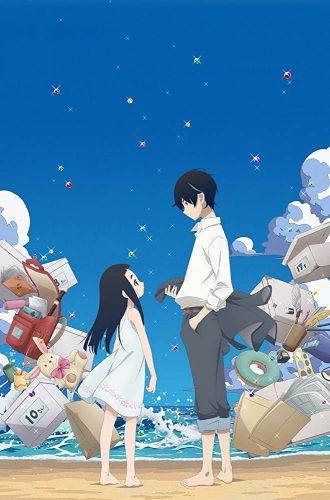
On the surface, Kakushigoto looks like a 12-episode long “Who’s on First?” joke. But actually, it’s a cleverly written father-daughter character piece that uses miscommunication humor to move its story forward, add depth to its world, and make fun of the manga industry for funsies. Check it out if you haven’t already!
What did you think of our overview? What’s your favorite anti-conversation scene in Kakushigoto? Let us know in the comments, and thanks so much for reading!
Recommended Post
Kakushigoto – Pandora and the Secret of the 18 Boxes
Recommended Post
6 Anime Like Kakushigoto [Recommendations]
Recommended Post
Kakushigoto Three Episode Impressions Are Here!
Recommended Post


